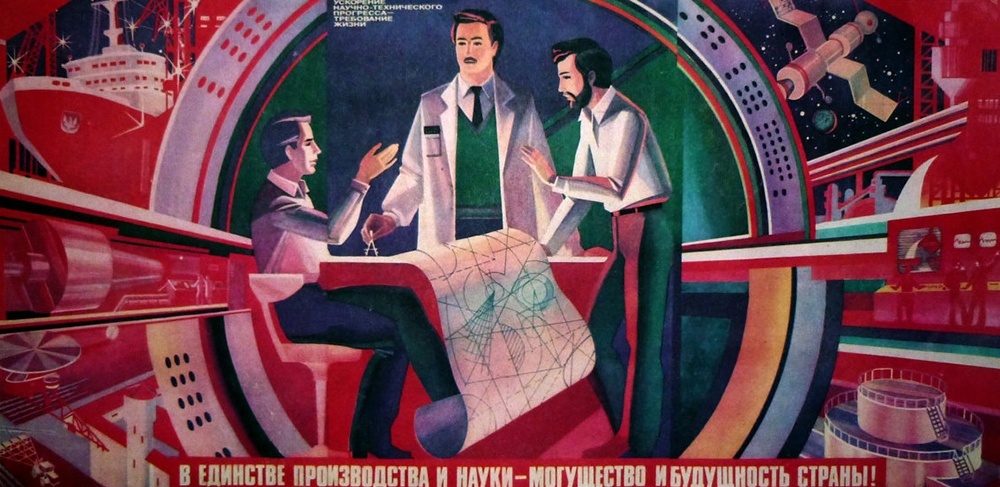What am I missing?
It’s a newsletter for a research division at NOAA. Usually it grabs science news and headlines citing the research division so that you know the work that your colleagues are doing. But these days the only thing that’s on the news is we’re slated for complete extermination this upcoming fiscal year lol.
We’re on the news, I thought HB was quoted or something
GML = global monitoring laboratory. Don’t other countries also have these?
NOAA runs the central calibration laboratory, and instruments to measure air flasks collected from around the world. The most famous product being the CO2 concentration “Keeling Curve” at Mauna Loa.

The stations in other countries are mostly being run in cooperation with the local meterological institute in that country. But only the US has the might and logistics to collect samples from remote sites like American Samoa, Midway island, Ascension Island, Marshall Islands, and Antarctic sites (South Pole, Palmer Station, Drake Passage, etc.)
What’s up with the distribution of measurements in the oceans?
In this particular scenario, the purpose of NOAA global monitoring network is to provide baseline clean air measurements from around the world. This is for aerosols, ozone, various greenhouse gases (CO2, CH4, N2O) and their respective isotopes, ozone-depleting gases (CFCs, HCF, etc), and other trace gases (CO, COS, etc). We are not measuring air in polluted urban cities, those are up to local meteorological institute and universities, but we’ll gladly assist with the instrumentation and providing technical expertise if needed. To get background clean air you have to measure far away from polluted urban areas. Measuring air in the middle of the ocean also gives you a benefit that the air is well-mixed and somewhat representative of large areas on Earth. That’s why we have observatories in remote islands. The lines you see there are ship tracks from partners. Ships en route from Japan-New Zealand, New Zealand-US West coast, and US-East Coast to South Africa occasionally grab air samples for us.
alls im sayin is the PSL will appreciate y’all nerds more than the feds do



